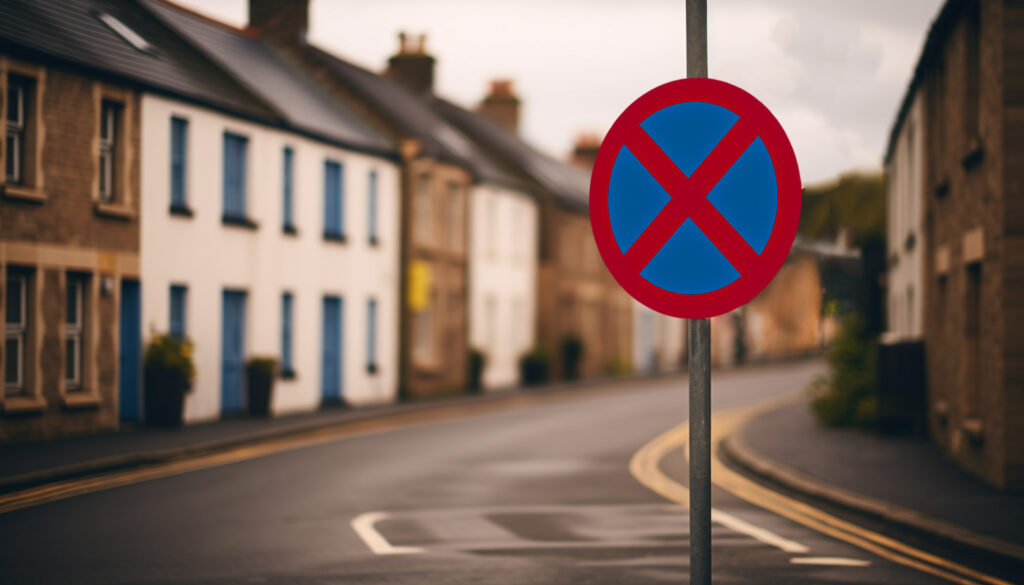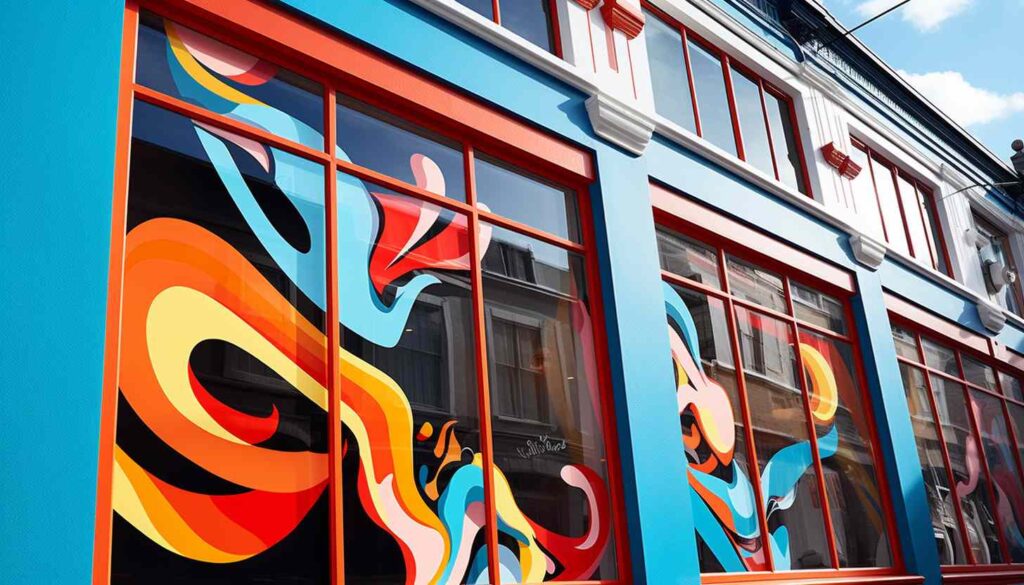How To Make The Perfect Sign
To make the perfect advertising sign, we first need to understand why we are making the sign in the first place.
The definition of advertising is “the act or practice of calling public attention to one’s product, service, need, etc., especially by paid announcements in newspapers and magazines, over radio or television, on billboards.
Advertisings purpose is to convey to the general public an product or service which is on offer”. So, every sign that we encounter can be described as someone trying to get our attention.
This may be to inform us of a fantastic new offer, the latest celebrity gossip in heat magazine, or your next door neighbour putting a “Beware, it’s not the dog you need to worry about, it’s me” sign in the front garden.
So, how do we make the perfect sign? To convey our personal message to the masses?
We have comprised a step by step guide to offer you better understanding of how the sign creation process works, so you can get the most out of your advertising signage.
Your Sign Location will make or break it’s effectiveness
When you think about location, what questions come to mind?
Most people first think of “Where am i going to put this sign to get maximum effect?” which is an extremely important question.
We also need to consider “Will my sign look out of place depending on my surroundings?”
This is an equally important question, as your surroundings will affect how you sign will look and feel.
If, for instance, you have just secured the lease on your new business premises and are looking to make an immediate impact by trying to entice customers into your financial services company.
You decide you want your company logo’s present on your office front and luckily for you a friend has kindly offered to design your company branding.
Now to you, a bright pink background with lime green text might look incredible, but for the type of business you have and the type of other similar businesses who have less flashy signage, it might stick out for all the wrong reasons.
Of course, if you are trying to send out a loud message, designed to shake things up, then go for it! But the main things to consider is how our sign will look in this type of environment, where will we install this sign to get maximum effect and will it convey the right message to our potential customers, clients or the general public?
Once you have a better feel of the best location for your sign, then we can head over to step 2.

What purpose will your sign serve?
The purpose of your advertising sign will determine what design and material will be best for you.
For example, if you were organizing a bonfire night and wanted temporary signage for advertising to the public, you wouldn’t want a long lasting expensive sign.
So we need to work out what type of sign that we need and one of the best ways of doing this is by asking yourself a couple of questions, such as:
How long does my sign need to last for? 2 weeks? A month? A Year? Will I be using my sign more internal use or for external use? What type of finish do i need?
Once you have answered these questions you should have a better understanding of what material you need to use and what type of finish you need.
We can explain some of the different options available to you to help you pick the best material for you.
Aluminium Composite/Dibond/ACM (Various Thicknesses) – Polyethylene (Plastic) Core, with a very thin layer of aluminium top and bottom. Hard, Rigid material. Suitable for outdoor and indoor use. Can be screwed into brickworks and fencing.
Corrugated Plastic (Various Thicknesses) – Corrugated plastic (Brand name of Correx) is suitable for outdoor and indoor use. Semi rigid. Fluted front panels, so not a completely flat finish
Foam Board (Various Thicknesses) – Foamboard (Brand name Foamex) is a lightweight with a flat surface. Ideally used for internal signage, as foamboard signs can wrap in extreme sunlight. Semi Rigid material (Depending on thickness)
PVC Banner – PVC Banner Material, Lightweight, flexible material designed for external temporary advertising (Typically lasts between 1 – 3 years). Also available in mesh PVC, created with tiny holes in to allow for wind to pass through. Can also be used internally.
There are whole range of materials that can be used in advertising and with the above information, you should have more of an idea of what materials are best suited for what situation.

Design your sign to stand out, not to fit in.
Once you have decided where you sign is going and the purpose of it, we need to start designing how we want our sign to look and feel.
The design is paramount for either attracting new customers or enticing the general public to use your service or products.
The three most important aspects of designing your sign are telling everyone who you are, what you do and how to get hold of you. These are the foundations of a great sign.
I have seen visually stunning designs and graphics over the years which have neglected key contact information, which results in a lower than expected return on an advertising campaign. Sometimes, companies deliberately leave off one or two of these core aspects to peak customers curiosity.
I’m not sure how well that works in the long run, so I personally believe it’s best to stick to the tried and tested methods.
Once you have the three core aspects designed you can now tackle the challenge of how to make your design look appealing to the masses. There are plenty of ways of making your sign stand out, with bold contemporary colours, to large scale clipart and imagery.
The important things to take into account is ensuring that your company name, products, service and contact information are clear and easy to read.


 5 star rating
5 star rating
